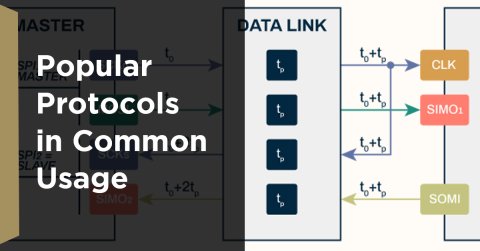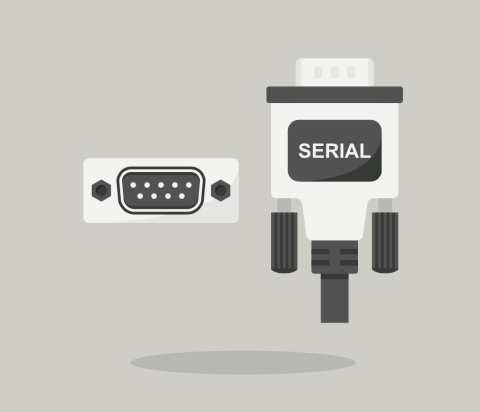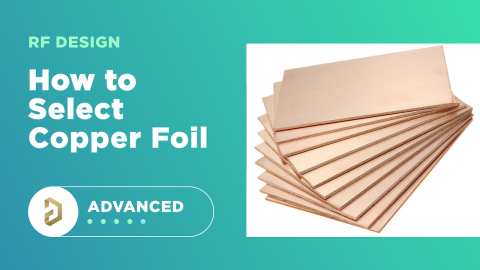Ebook: Guide to Using Ferrite Beads in a PCB

Inductive components like ferrites, including ferrite beads, have many legitimate uses related to controlling EMI and noise. Ferrite beads are effectively highly inductive components in large packages, but they have parasitic characteristics that cause them to act more like band-stop filters than low pass filters. In addition, these elements are sometimes seen as a cure-all for noise, but their frequency-dependent and current-dependent operating characteristics require that designers select ferrite beads with care. Still, when saturating inductive components are needed at low frequencies in small packages, ferrite beads are very useful as filtering elements.
Another commonly-held usage of ferrite beads is as filtering elements on high-speed power rails, as well as for isolating noise between power rails. This is another area where component selection is very important and a PDN design that includes a ferrite must be verified before the bead is included in the PCB layout. SPICE simulations are not always the best option for simulating PDN impedance due to the inability to handle wave propagation problems, but SPICE can be easily used to verify a PDN’s response to switching in the presence of a ferrite bead on a component’s power lead.
In this e-book, readers will gain deeper insight into some uses of ferrite beads. We’ve compiled some of the best content from our SI/PI/EMI experts on the uses of these components in low-speed and high-speed PCBs, and we explain how they affect noise in different situations. Covered topics include:
- Equivalent circuit models for ferrite beads and their noise reducing characteristics
- How ferrites in a PDN for high speed components can create new noise problems
- A tutorial on implementation of ferrite beads in PDN simulations using SPICE
- Other types of ferrite components and their uses as components for EMI suppression
Click the PDF above to read more about the uses of ferrite beads in a PCB. You can also read the original, full-length content here:
Everything You Need to Know About Ferrite Beads by Kella Knack
How to Use a Ferrite Bead in Your Design to Reduce EMI by Zachariah Peterson
Ferrite Beads and Transfer Impedance in a PDN Simulation by Zachariah Peterson
How to Use Ferrite Beads, Chips, Cores, and Plates by Zachariah Peterson










